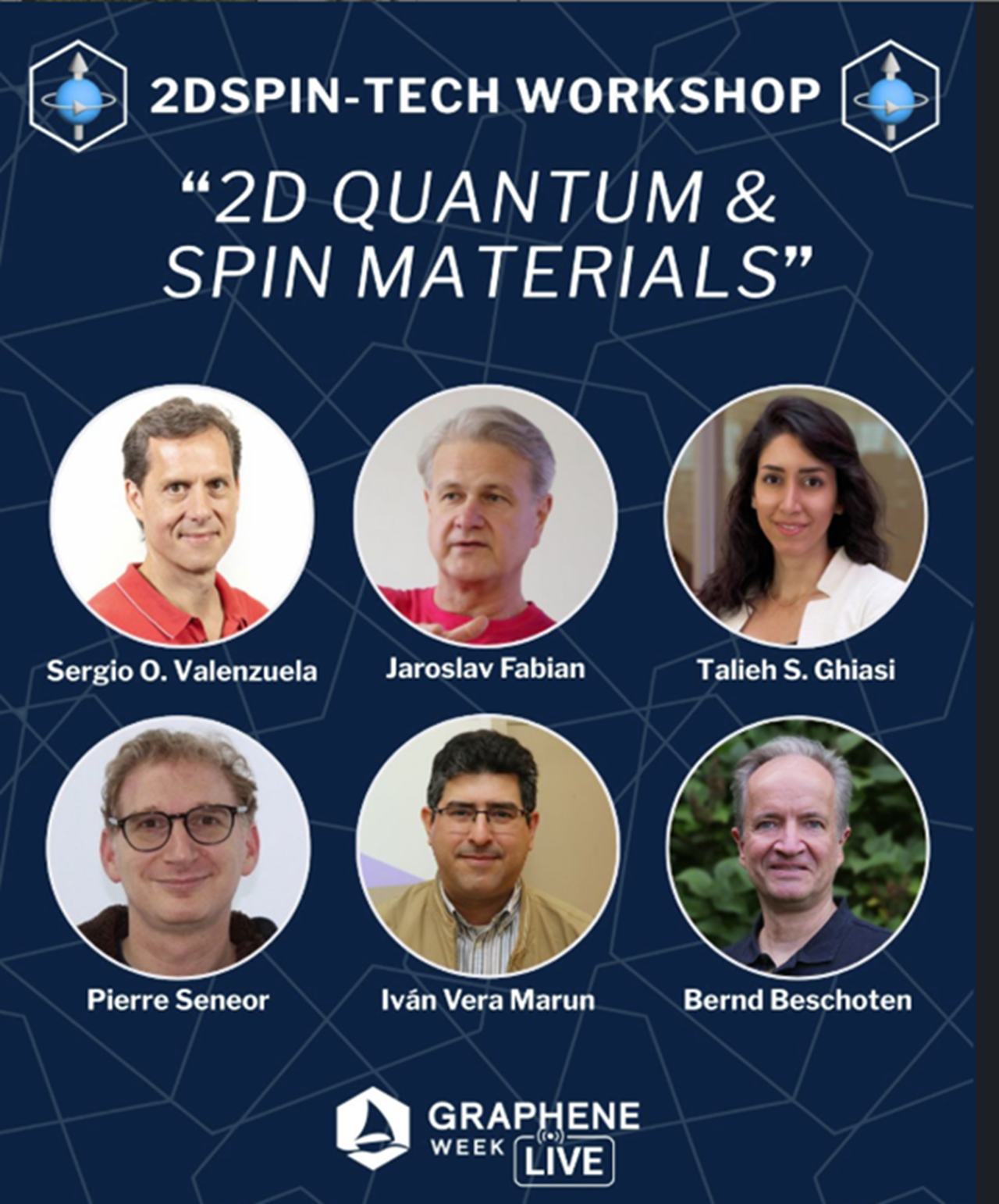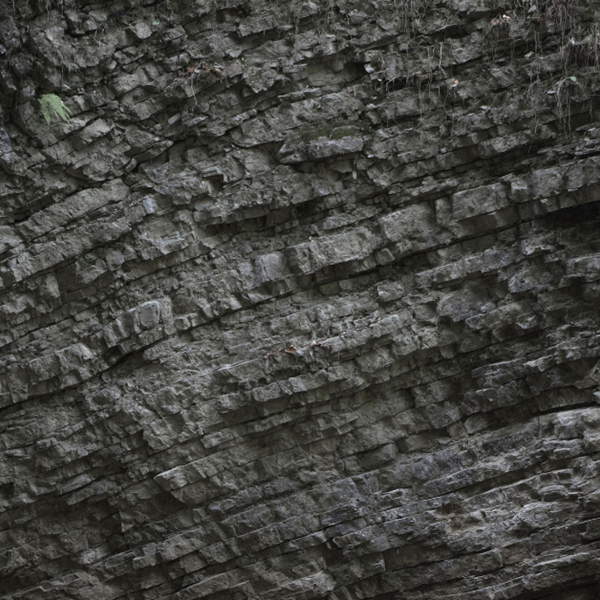2D experience at Graphene Week
The 2DSPIN-TECH project enjoyed a wonderful Graphene Week in Vicenza, Italy.


2DSPIN-TECH will develop a new energy-efficient spintronic memory device platform based on emerging atomically-thin two-dimensional (2D) quantum materials for the next generation of memory technologies. It is vitally important for the future use of information technology.
How to do it
2DSPIN-TECH has the ambition to significantly reduce energy consumption, promote sustainability, and improve the overall performance of computer memory. The 2D topological spin-orbit materials can generate a giant current-induced spin polarization, whereas room temperature 2D magnets provide the prospective of electric control of magnetism. The proposed van der Waals heterostructure spintronic devices consisting of 2D topological spin-orbit materials and 2D magnets will enable exceptionally efficient spin-orbit torque (SOT) functionality with low current densities and ultrafast magnetization switching speed.
Who will do it
All-2D multifunctional SOT will provide a strong synergy between spintronics and 2D materials. 2DSPIN-TECH employs novel methods to control their SOT properties – by the twist angle between the layers, topological aspects, crystal symmetries, proximity interaction, and strong electric field effects. To achieve this, we bring together pioneering and world-leading experimental and theoretical researchers and a company in the field of spintronics and 2D materials in Europe.
2DSPIN-TECH is coordinated by Prof. Saroj Dash at CHALMERS with the following partners.

Going forward
The ultimate demonstration of all-2D SOT memory device units will merge the field of spintronics and twistronics, allowing for physical and electrical tuning parameters to achieve enhanced control over the device functionalities. It will enable groundbreaking 2D SOT technologies for low-power, non-volatile, ultrafast, and scalable data storage and processing devices and possibly new spin-based computing paradigms and architectures. Watch us creating a new generation of universal memories.

The 2DSPIN-TECH project enjoyed a wonderful Graphene Week in Vicenza, Italy.

Halfway through 2DSPIN-TECH, there are highlights to report. And with 18 months remaining the partners look ahead with confidence.
– The project is progressing well, advancing from concept to experimental implementation, says Saroj Dash, project coordinator.

Industry-compatible fabrication technologies open a new door for achieving energy efficient spin-orbit torque switching.
Read more: here!

Tunable unconventional spin orbit torque magnetization dynamics in van der Waals heterostructures.

Coexisting non-trivial van der Waals magnetic orders enable field-free spin-orbit torque magnetization dynamics.
A new paper got published in Advanced Materials!

A paper published in ACS Nano is the results from the collaboration of two 2DSPIN-TECH partners from Chalmers University of Technology and Budapest University of Technology and Economics. Researchers from MAX IV, Lund University and University of Groningen also contribute to the publication. The findings presented provide new possibilities for future energy efficient spintronics.
Please read more: here!

Prof. Ivan J. Vera-Marun’s group in University of Manchester got paper ‘Spin polarised quantised transport via one-dimensional nanowire-graphene contacts’ published.
Please read more: here!

The paper ‘Large out-of-plane spin–orbit torque in topological Weyl semimetal TaIrTe4’ has been published in Nature Communications.
Conventional spin–orbit torque (SOT) materials provide only an in-plane spin-polarized current, recently, a large out-of-plane damping-like SOT at room temperature was reported by Prof. Saroj P. Dash’s group from Chalmers University of Technology. Please read more: here!


The 2D-PRINTABLE project has been productive publishing three new papers and participating in two educational activities.

Properties and Applications of TMDCs, MXenes, h-BN and h-AlN -- In the realm of materials science, the discovery of graphene heralded a new era of exploration into two-dimensional materials (2DM). Since then, a plethora of novel 2D materials have emerged, each with unique properties and promising applications. Among these, transition metal dichalcogenides (TMDCs), MXenes, hexagonal boron nitride (h-BN), and hexagonal aluminum nitride (h-AlN) have garnered significant attention for their diverse range of properties and potential applications. In this article we delve into the properties and explore the exciting applications of these remarkable materials.